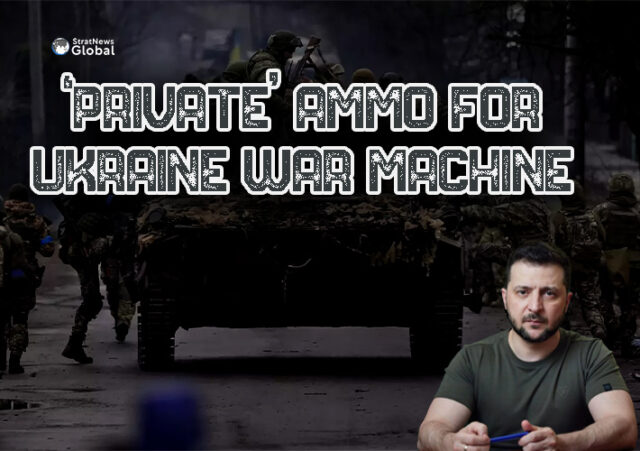As the war with Russia grinds on, Ukraine needs all the help it can get. Its domestic defence industry is small but fast-growing. The government is now putting in more money, hoping that it will lead to a surge of homemade weapons and ammunition.
Over the past year, the U.S. and Europe have struggled to deliver weapons and other aid to Ukraine, which is up against a much bigger Russian military backed by a thriving domestic defence industry.
The Ukrainian government has budgeted nearly $1.4 billion in 2024 to buy and develop weapons at home. This is 20 times more than what it used to spend before the war began.
In another major shift, a huge portion of weapons is now being bought from private factories, which are rapidly taking over an industry that had been dominated by state-owned companies.
Ukraine’s defence sector has been constrained by a lack of money and manpower. A more robust private sector could help churn out weapons and ammunition even faster.
Today, about 80 per cent of the defence industry is in private hands, a stark contrast with Russia’s state-controlled defence industry.
Each newly made projectile is wrapped in craft paper and carefully packed into wooden crates to be shipped to Romania or Bulgaria, where they are loaded with explosives. Several weeks later, they’re shipped back and sent to the front.
Ukraine’s surge in military spending has occurred against a backdrop of $60 billion in U.S. aid being held up by Congress and with European countries struggling to deliver enough ammunition. The aid, which the US Senate has cleared, will have to wait for at least two weeks as the Congress is in recess now.
Compared with last year, Ukraine’s output of mortar shells is about 40 times higher and its production of ammunition for artillery has nearly tripled, the government says. There has also been a boom in drone startups, with the government committing roughly $1 billion on the technology — on top of its defence budget.
Still, domestic weapons factories face a range of challenges — from keeping up with changing needs of battlefield commanders, to their own vulnerability to long-range Russian missile strikes.
Lack of manpower is a major issue. Weapons companies say another roadblock is bureaucracy. The government has tried to become more efficient since the war began, including making the process for awarding contracts more transparent.
In spite of the challenges, one success story has been Ukraine’s drone industry. Ukrainian-made sea drones have proven to be an effective weapon against the Russian fleet in the Black Sea.
There are around 200 companies in Ukraine now focused on drones and output has soared, with 50 times more deliveries in December compared with a year earlier, the government says.
Russia controls nearly a quarter of Ukraine and has gained momentum along the 1,000-kilometre frontline. Ukrainian troops regularly find themselves outmanned and outgunned, and this has contributed to low morale.
(With inputs from AP)
















